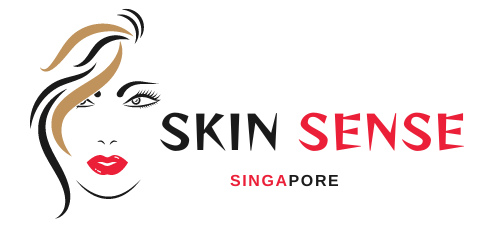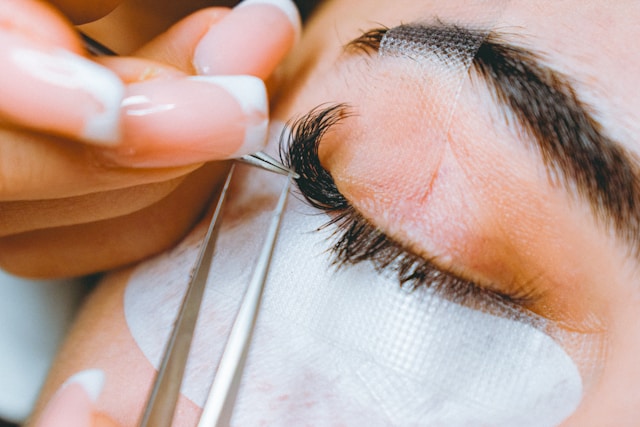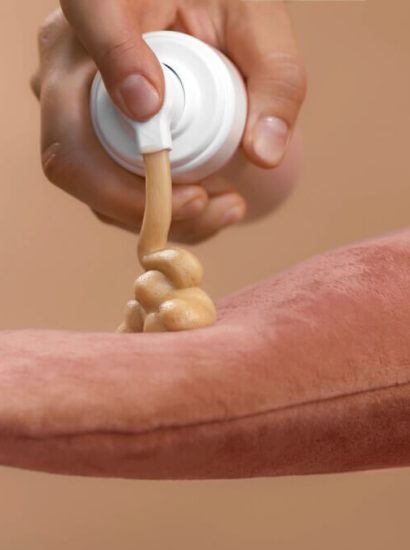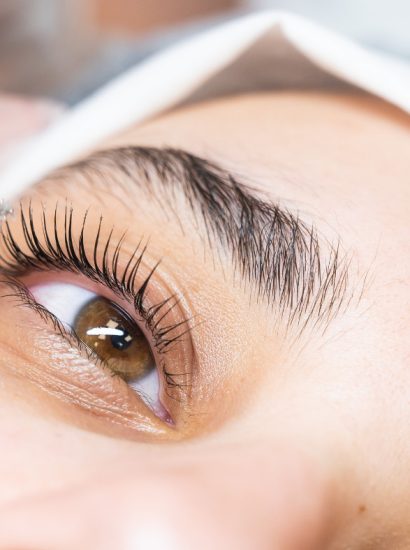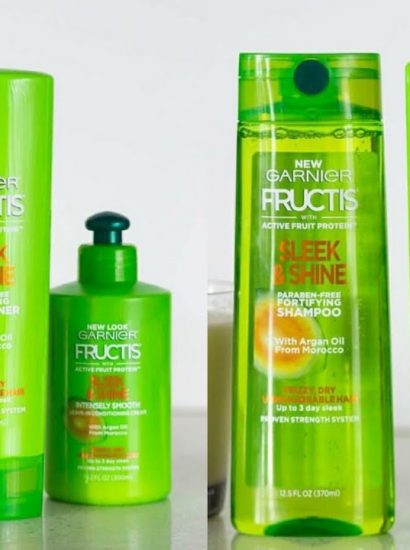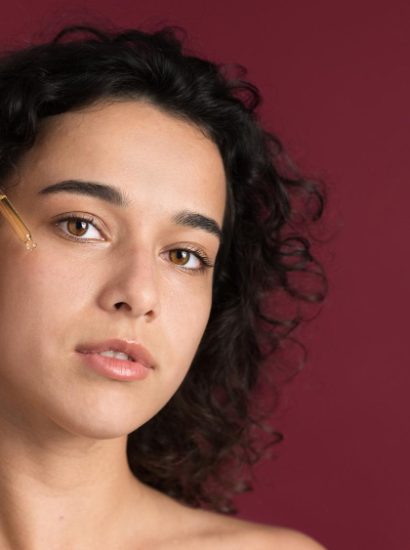Eyebrow embroidery, also known as microblading, Eyebrow Embroidery Healing Process is a popular semi-permanent makeup technique that enhances the shape and fullness of your eyebrows. While the procedure can instantly transform your look, the healing process plays a crucial role in determining the final outcome. Proper care and patience during this phase help ensure that your brows heal beautifully, retain their color, and last longer.
In this comprehensive guide, we will cover the eyebrow embroidery healing process and provide you with 10 common tips for faster recovery. These tips will help you avoid complications such as infection, scabbing, or fading, allowing your new brows to settle perfectly.
1. Understand the Eyebrow Embroidery Healing Stages
Before diving into tips, it’s essential to understand the typical healing timeline:
Days 1-3: Brows appear darker and bolder due to fresh pigment and slight swelling.
Days 4-7: Scabbing and flaking occur as the skin starts to heal.
Days 8-14: Scabs naturally fall off, and the pigment may appear lighter or patchy.
Weeks 3-4: Full pigment retention stabilizes; touch-ups are usually scheduled around this time.
Knowing these stages will help you stay patient and follow proper aftercare.
2. Keep Your Brows Dry and Avoid Water Exposure
Water is the enemy during the first week of healing. Moisture can interfere with pigment retention and cause premature scabbing or pigment loss.
Avoid washing your face with water directly on your eyebrows.
Use a damp cloth to clean around your brows without touching them.
Skip swimming, sauna, and excessive sweating from workouts.
Keeping brows dry helps the skin heal quickly and the pigment to set.
3. Use Recommended Aftercare Products
Your technician will provide or recommend aftercare products such as healing ointments or balms. Use these products exactly as instructed to promote healing.
Typically, a thin layer of healing ointment is applied 2-3 times a day.
Avoid heavy creams or makeup on the brows during healing.
Don’t over-apply ointments; excess moisture can hinder healing.
The right products soothe the skin, reduce itching, and prevent infection.
4. Avoid Picking or Scratching Scabs
Scabbing is a natural part of the healing process, but it can be tempting to pick or scratch your eyebrows.
Do NOT pick at scabs or flakes.
Let them fall off naturally to avoid pigment loss or scarring.
If itching is intense, gently tap the area or apply a soothing ointment.
Picking scabs can cause uneven pigment retention and damage to the skin.
5. Protect Your Brows from Sun Exposure
UV rays can fade your eyebrow pigment quickly, especially during the healing phase.
Avoid direct sun exposure for at least two weeks.
Wear a wide-brimmed hat or sunglasses to shield your face.
After healing, apply sunscreen on your brows regularly to maintain color.
Sun protection preserves pigment longevity and prevents skin irritation.
6. Avoid Makeup and Skincare Products on the Brow Area
Applying makeup, exfoliants, or harsh skincare products on or near your eyebrows can disrupt healing and cause irritation.
Avoid eyebrow pencils, powders, or gels until the skin is fully healed.
Skip chemical exfoliants like AHAs or retinol near the brows.
Use gentle skincare products on the rest of your face without touching the brows.
This minimizes the risk of infection and pigment displacement.
7. Maintain a Healthy Diet and Stay Hydrated
Healing starts from within. Your body needs proper nutrients and hydration to repair the skin effectively.
Eat a balanced diet rich in vitamins A, C, and E to support skin regeneration.
Drink plenty of water to keep your skin hydrated.
Avoid excessive alcohol and smoking, which can slow healing.
Good nutrition accelerates recovery and promotes healthy skin.
8. Avoid Excessive Sweating and Physical Activity
Sweat contains salt and bacteria that can interfere with the healing process and increase the risk of infection.
Limit strenuous exercise during the first week after embroidery.
If you sweat, gently dab your brows with a clean tissue; don’t rub.
Avoid hot yoga, saunas, or steam rooms.
Reducing sweat exposure helps keep your brows clean and heal faster.
9. Follow Up with Your Technician for Touch-Ups
The healing process might reveal areas where pigment didn’t fully take or fade.
Schedule a touch-up session 4-6 weeks after the initial procedure.
Touch-ups help perfect the shape and enhance pigment retention.
Discuss any concerns or unusual healing signs with your technician.
A professional follow-up ensures your brows look flawless in the long term.
10. Be Patient and Avoid Over-Treating
Healing can take up to a month, and your brows may look uneven or faded at times.
Avoid rushing to apply more pigment or treatments.
Give your skin the time it needs to regenerate fully.
Trust the process and your technician’s advice.
Patience leads to better results and prevents unnecessary damage.
Conclusion
The eyebrow embroidery healing process is a delicate phase that requires careful attention and the right aftercare practices. By following these 10 common tips—such as keeping your brows dry, avoiding picking scabs, protecting from sun exposure, and maintaining a healthy lifestyle—you can speed up your recovery and ensure your new brows look beautiful and natural.
Remember, every individual’s healing experience is unique, so listen to your body and consult your technician if you have any concerns. With proper care, your eyebrow embroidery will enhance your look with lasting, flawless results.
FAQs
1. How long does the eyebrow embroidery healing process take?
The initial healing usually takes about 7-14 days, with full pigment settling and skin regeneration occurring over 4-6 weeks.
2. Can I wash my face normally after eyebrow embroidery?
Avoid getting water directly on your brows for at least 7 days. Use a damp cloth to clean around the area gently.
3. Is it normal for my brows to look patchy during healing?
Yes, it’s common for the pigment to appear uneven or lighter as scabs fall off. This usually evens out after the touch-up.
4. What should I do if I experience redness or swelling?
Mild redness and swelling are normal initially. If symptoms worsen or you see signs of infection, contact your technician or a healthcare professional.
5. Can I apply makeup on my eyebrows during healing?
It’s best to avoid makeup on or near your eyebrows until fully healed to prevent irritation and infection.
Also read : Hair Salon Hair Dryer: 10 Best Models for Salon-Quality Results at Home
